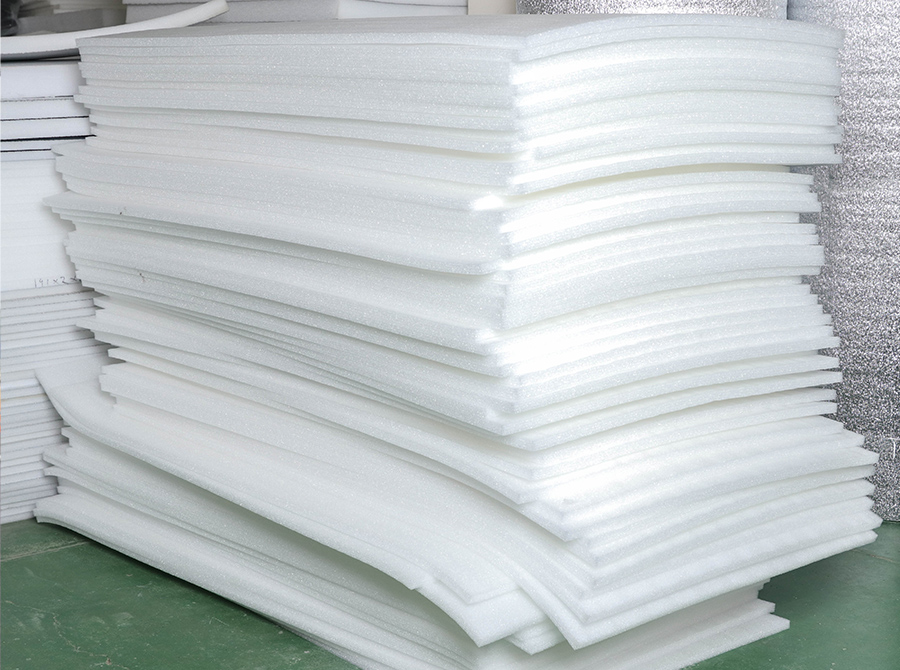Types of Sound Insulation Materials in Kenya
Sound insulation materials, also known as acoustic insulation materials, are designed to reduce or block the transmission of sound from one area to another. They are used to create quieter and more comfortable environments by minimizing the impact of noise from external sources or isolating sound within a space. Sound insulation materials come in various forms and are used for a range of applications. Here are some common types of sound insulation materials:
Types of Sound Insulation Materials
- Fiberglass Insulation: This type of insulation is typically used in walls and ceilings to reduce sound transmission. It is effective in absorbing and blocking sound waves.
- Mineral Wool Insulation: Similar to fiberglass, mineral wool insulation is made from mineral fibers and is often used in walls, ceilings, and floors to provide acoustic insulation.
- Mass Loaded Vinyl (MLV): MLV is a dense, flexible material that is often used to add mass to walls, floors, and ceilings, effectively reducing sound transmission. It is commonly used in soundproofing applications.
- Acoustic Foam: Acoustic foam panels or tiles are designed to absorb sound reflections within a room, reducing echo and improving the overall acoustic environment. They are commonly used in recording studios and home theaters.
- Green Glue: Green Glue is a viscoelastic compound that is applied between layers of drywall or other construction materials to dampen vibrations and reduce sound transmission.
- Acoustic Panels: These panels are typically made from materials like foam, fabric-wrapped fiberglass, or wood. They are designed to absorb sound and can be used in commercial spaces, offices, and home theaters.
- Soundproof Curtains: These heavy, dense curtains are designed to block external noise from entering a room. They are often used in homes, offices, and studios.
- Soundproof Underlayments: Soundproof underlayments are used beneath flooring materials like hardwood or laminate to reduce impact noise, such as footsteps.
- Acoustic Sealant: Acoustic sealant is used to seal gaps, cracks, and joints in walls, ceilings, and floors to prevent sound leakage.
- Acoustic Insulation Batts: These are large, pre-cut insulation materials that can be installed in wall and ceiling cavities to reduce sound transmission.
Conclusion
The choice of sound insulation material depends on the specific requirements of the project and the type of sound you need to control. Some materials are more suitable for blocking external noise, while others are better for improving the acoustics within a room. It’s important to consider the material’s Sound Transmission Class (STC) and Noise Reduction Coefficient (NRC) ratings, which indicate its effectiveness in reducing sound transmission and improving sound absorption.
Also Read


